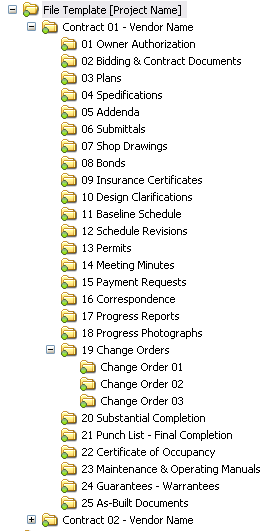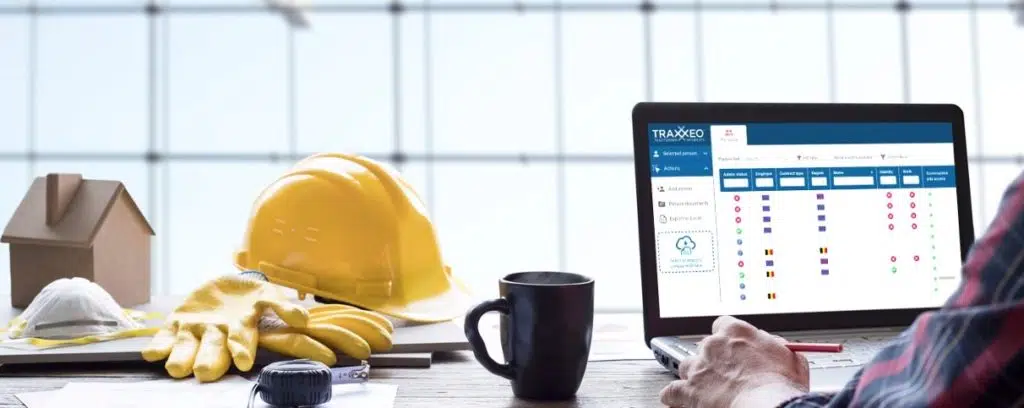Secure Your Success: Construction Document Management Strategies for Specialists
Optimizing Task Partnership: Architect's Ideal Practices in Building Document Monitoring
In the detailed world of building jobs, the effective management of building papers stands as a cornerstone for success. In the middle of this complexity exists a critical question: how can designers enhance cooperation procedures to enhance project outcomes?
Leveraging Cloud-Based Platforms
By transitioning from standard paper-based systems to cloud services, architects can simplify collaboration, improve paper availability, and boost general job effectiveness. This accessibility advertises smooth interaction and sychronisation among task stakeholders, leading to fewer mistakes and delays in the building and construction process.
In addition, cloud-based platforms provide a safe environment for saving sensitive job information, using encryption, routine backups, and individual consent setups to safeguard information stability. Engineers can also profit from the scalability of cloud services, permitting them to adjust storage capability and capability based on job needs. Overall, leveraging cloud-based platforms encourages architects to enhance their building and construction file administration procedures, driving greater partnership, performance, and success in their projects.
Applying Variation Control Systems
Having developed the advantages of cloud-based systems in construction file administration, engineers can currently enhance their file control processes by carrying out Variation Control Equipment. Version Control Systems (VCS) are vital devices that track changes in files, making sure that staff member are always working with the most recent and most exact details. By implementing VCS, architects can maintain a centralized repository where all task documents are stored, enabling seamless partnership while lessening the danger of errors and version disputes.
This function is particularly beneficial in building and construction projects where layout versions and modifications are typical. This transparency not only boosts accountability however also assists in resolving conflicts or discrepancies that may emerge during the task lifecycle.
Establishing Interaction Protocols
To make sure efficient and efficient job coordination, designers must establish clear and robust interaction methods within their building paper management processes. Interaction methods define the techniques, regularity, and networks whereby team participants exchange details, updates, and feedback. One necessary aspect of establishing these procedures is identifying a centralized communication platform where all project-related conversations and record sharing can occur. This platform might be a job monitoring software program, email threads, or cloud-based storage services. By setting standards on exactly how details is shared and just how staff member communicate with each other, architects can improve the flow of data and avoid miscommunications or delays in the construction procedure.
In addition, interaction procedures need to additionally consist of guidelines on how to handle conflicts, adjustment orders, and immediate problems that may emerge throughout the job lifecycle. Developing a structured Clicking Here method to communication makes certain that all stakeholders get on the exact same page, promotes openness, and eventually adds to the successful conclusion of the building job.
Utilizing BIM Software Program for Sychronisation
BIM software application plays a critical role in boosting sychronisation among task staff member in the construction sector. Building Details Modeling (BIM) promotes partnership by offering a central platform where engineers, engineers, specialists, and other stakeholders can interact in a collaborated manner. Via BIM software, task participants can access and upgrade a shared design which contains in-depth information regarding the structure design, building and construction components, and job timetables.

Furthermore, BIM software makes it possible for real-time partnership and communication amongst employee, despite their physical place. Through cloud-based BIM systems, job stakeholders can access the most recent project info, track changes, and make informed choices quickly. Overall, leveraging BIM software for sychronisation enhances task efficiency, performance, and eventually leads to successful task outcomes.
Ensuring Information Safety and Conformity
In the realm of construction file administration, guarding information honesty and making certain regulatory compliance are critical considerations for designers and various other task stakeholders. Engineers must execute robust safety and security procedures to protect sensitive task information from unauthorized access or breaches.

Conclusion
In verdict, designers can maximize task partnership in building and construction paper management by leveraging cloud-based systems, executing version control systems, establishing interaction procedures, utilizing BIM software program for sychronisation, and guaranteeing information safety and reference security and compliance. These ideal practices help improve the building procedure, enhance communication among project stakeholders, and boost efficiency in project distribution. By following these standards, architects can efficiently manage building files and facilitate successful task results.
Via BIM software application, job individuals can access and update a common model that consists of in-depth information about the building style, building and construction parts, and task timetables.
Through cloud-based BIM platforms, project stakeholders can access the newest task information, track changes, and make informed decisions promptly - construction document management. Overall, leveraging BIM software for sychronisation improves job effectiveness, efficiency, and inevitably leads to effective task end results
In verdict, designers can enhance job partnership in building paper monitoring by leveraging cloud-based systems, applying variation control systems, developing interaction procedures, using BIM software application for coordination, and ensuring information security and conformity. These ideal techniques aid simplify the building and construction procedure, improve interaction amongst job stakeholders, and improve effectiveness in job distribution.